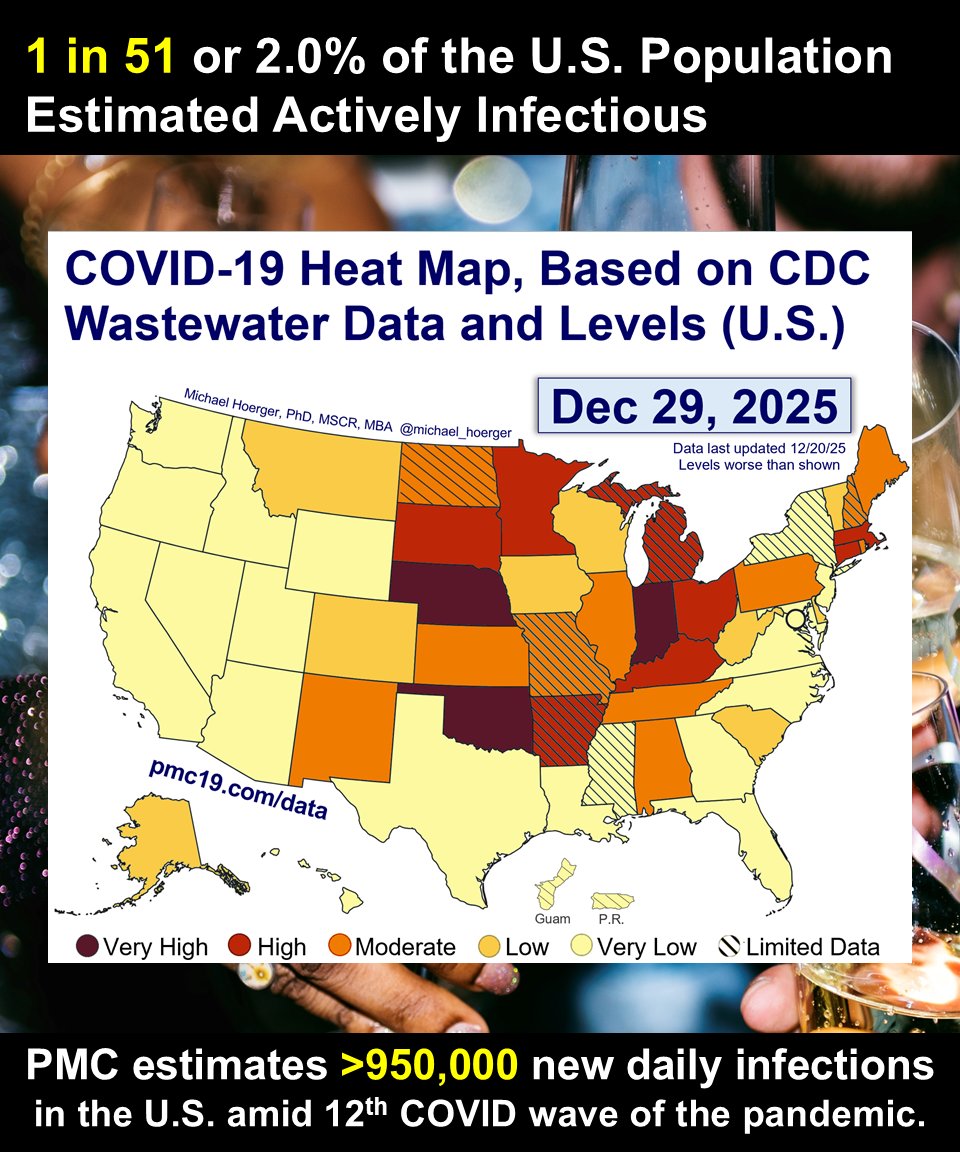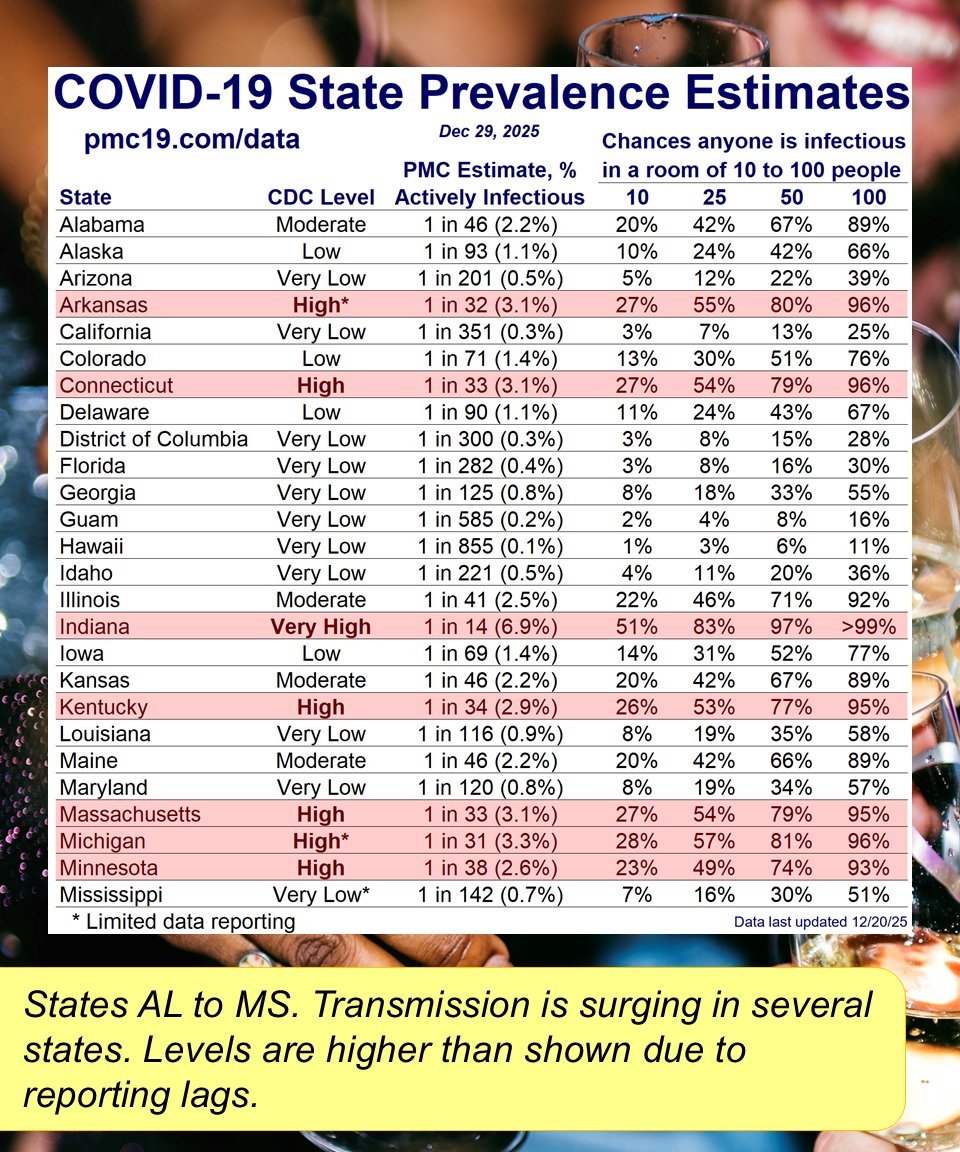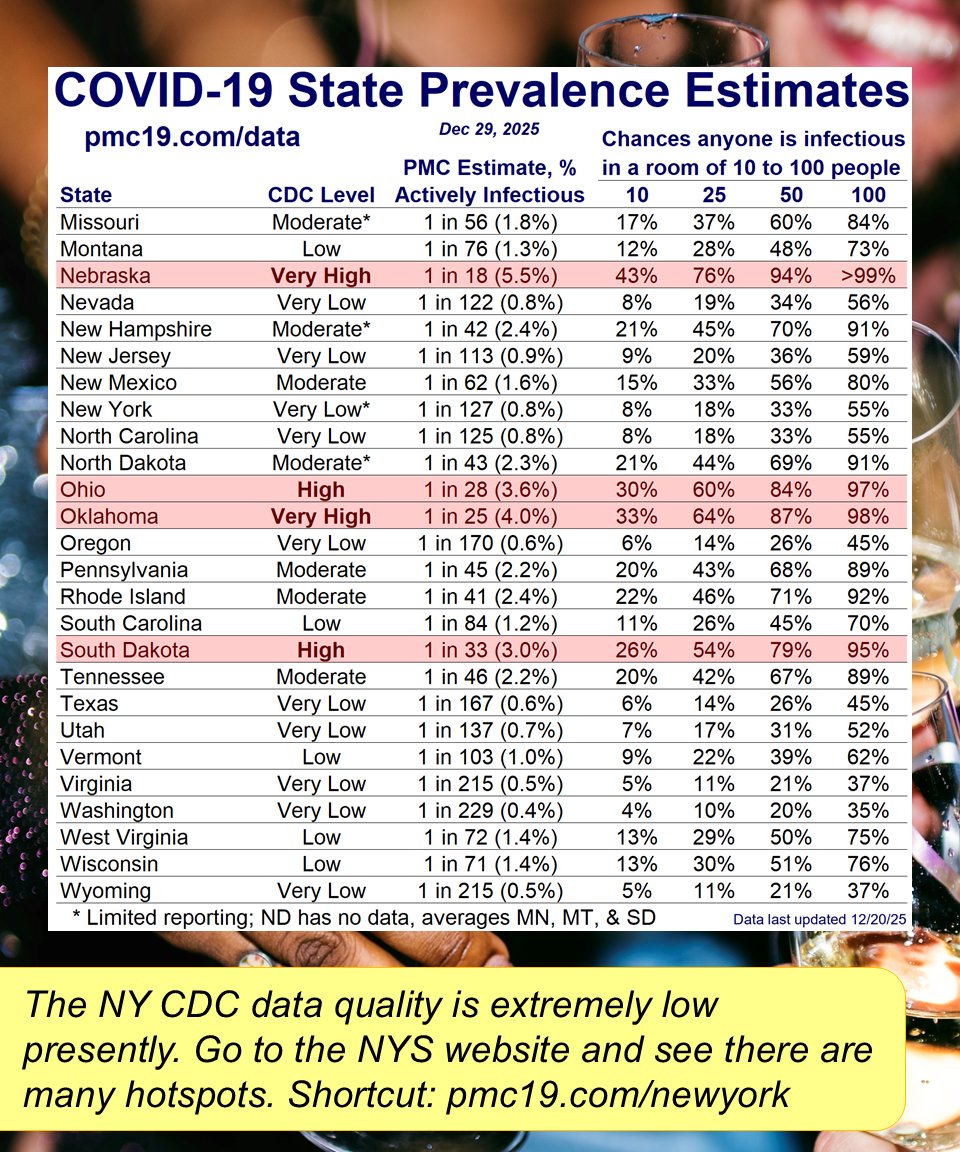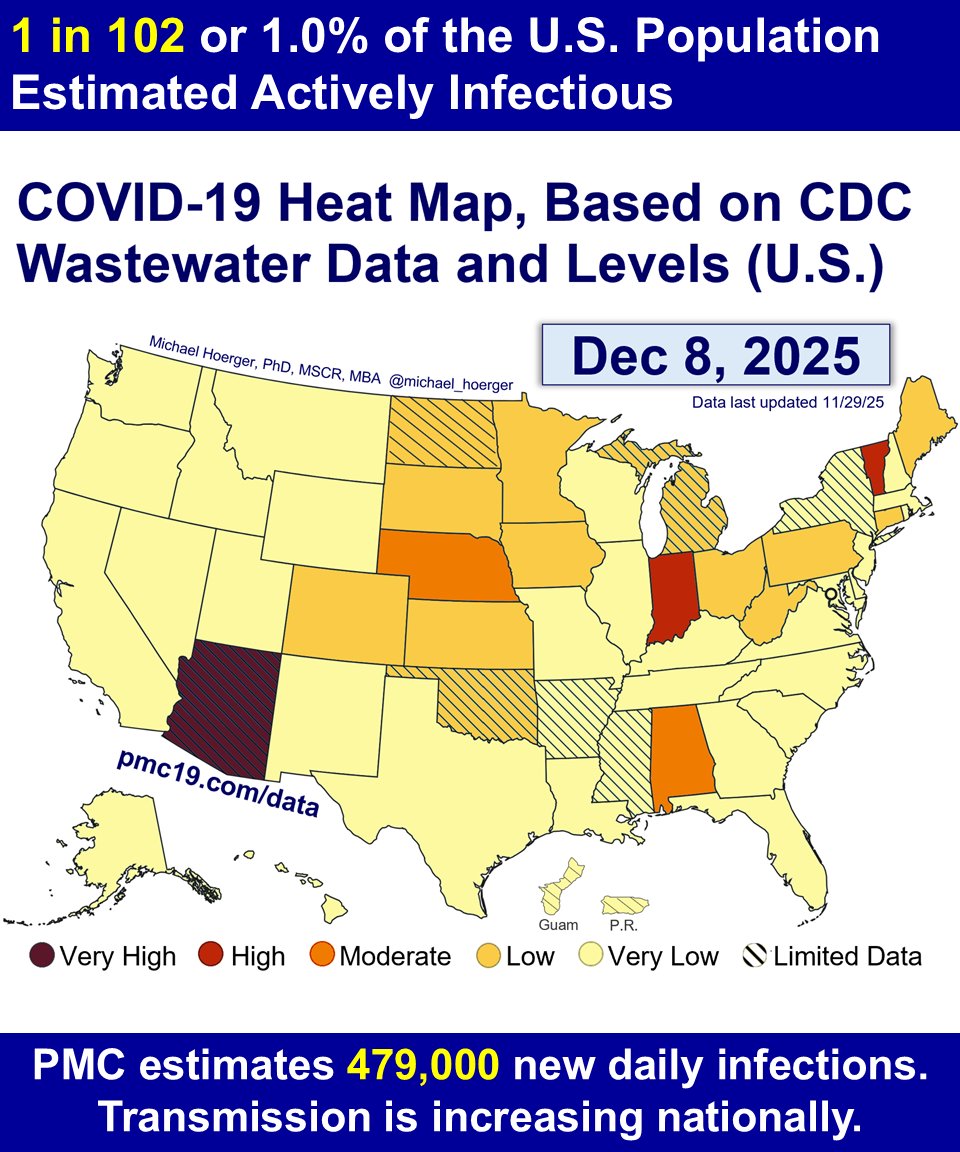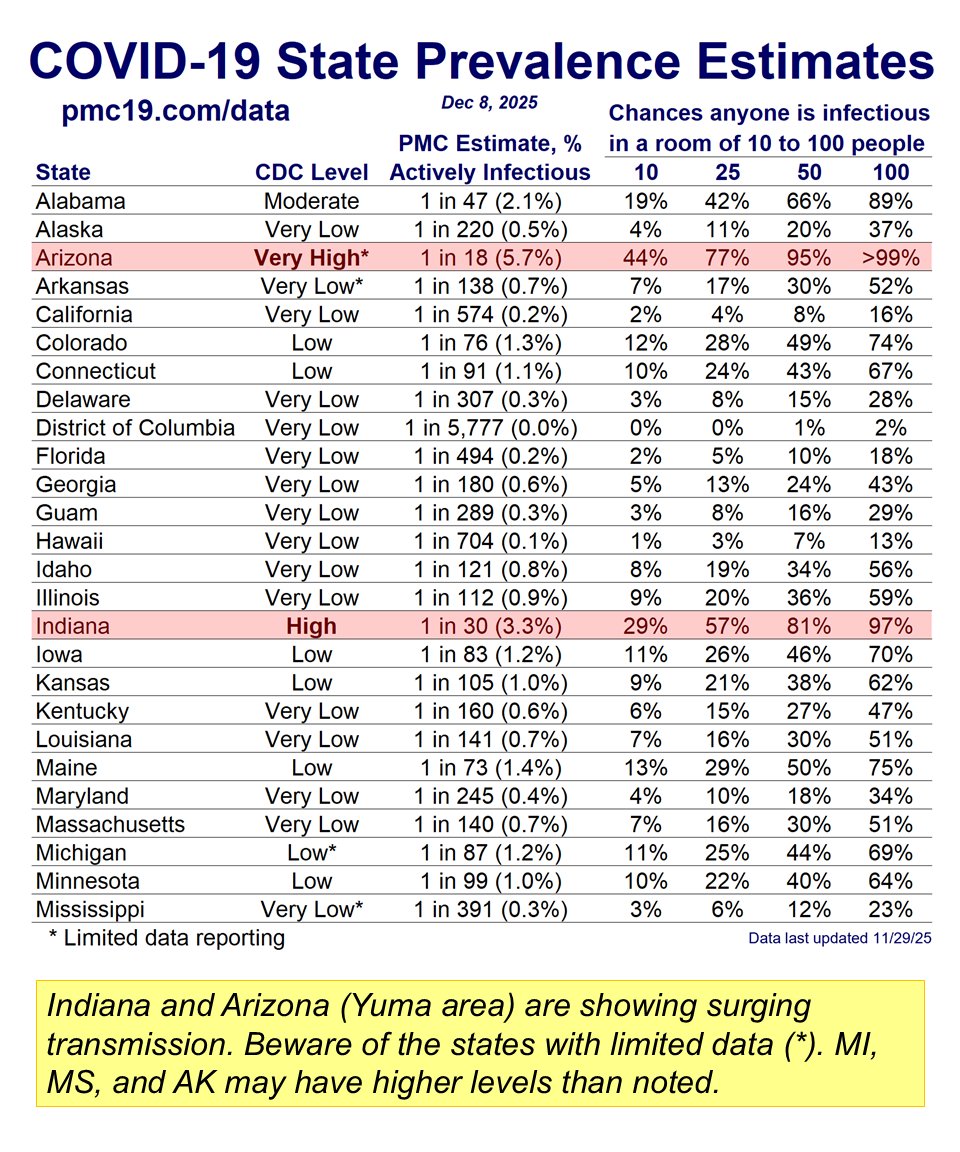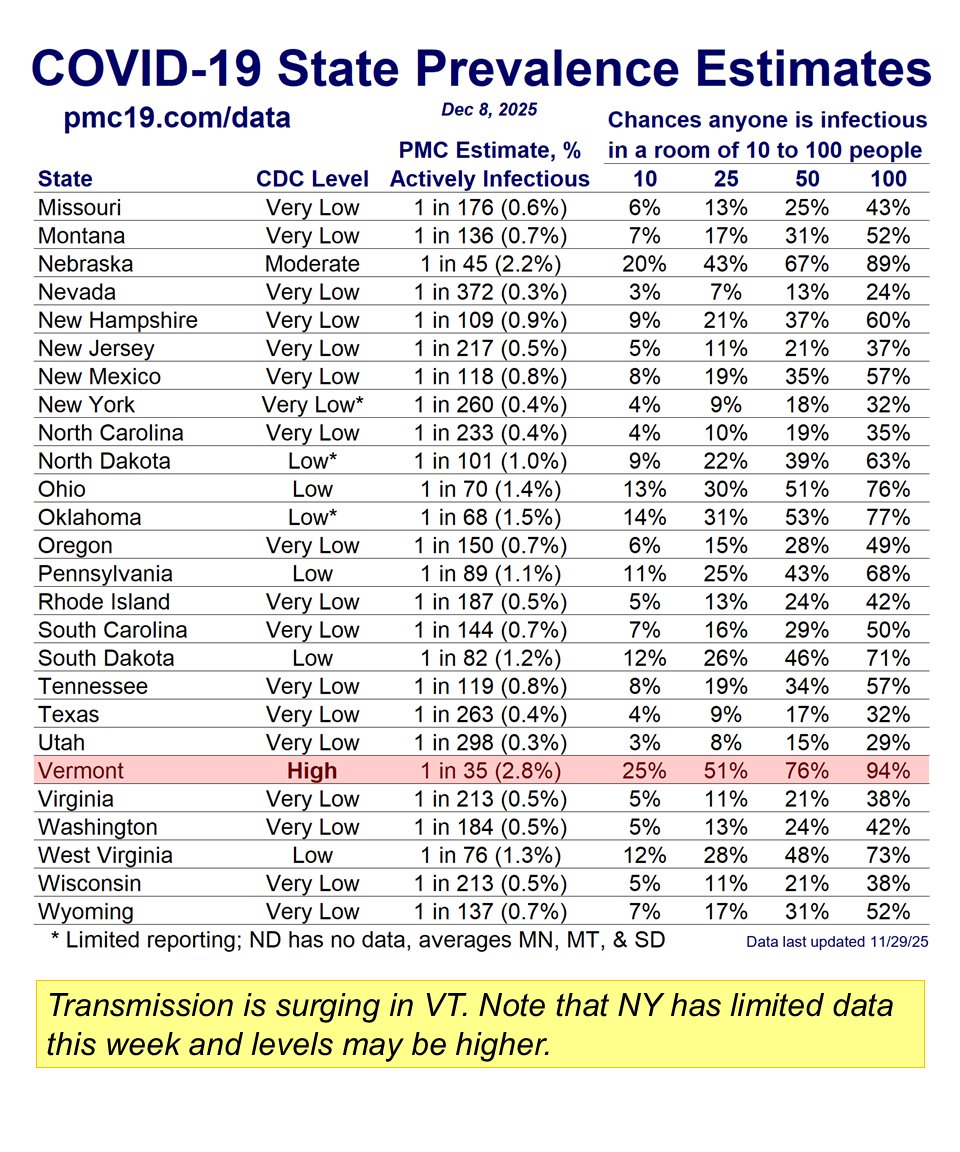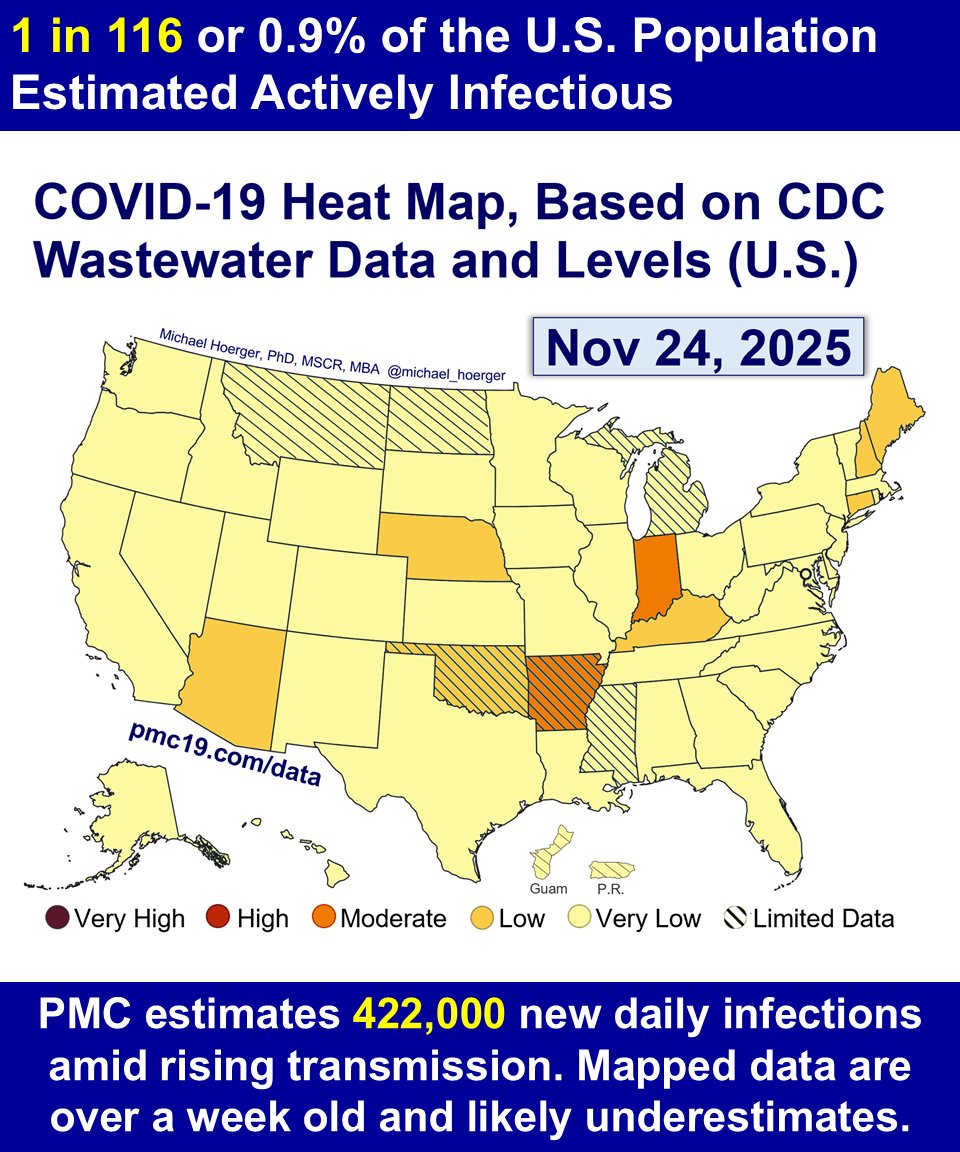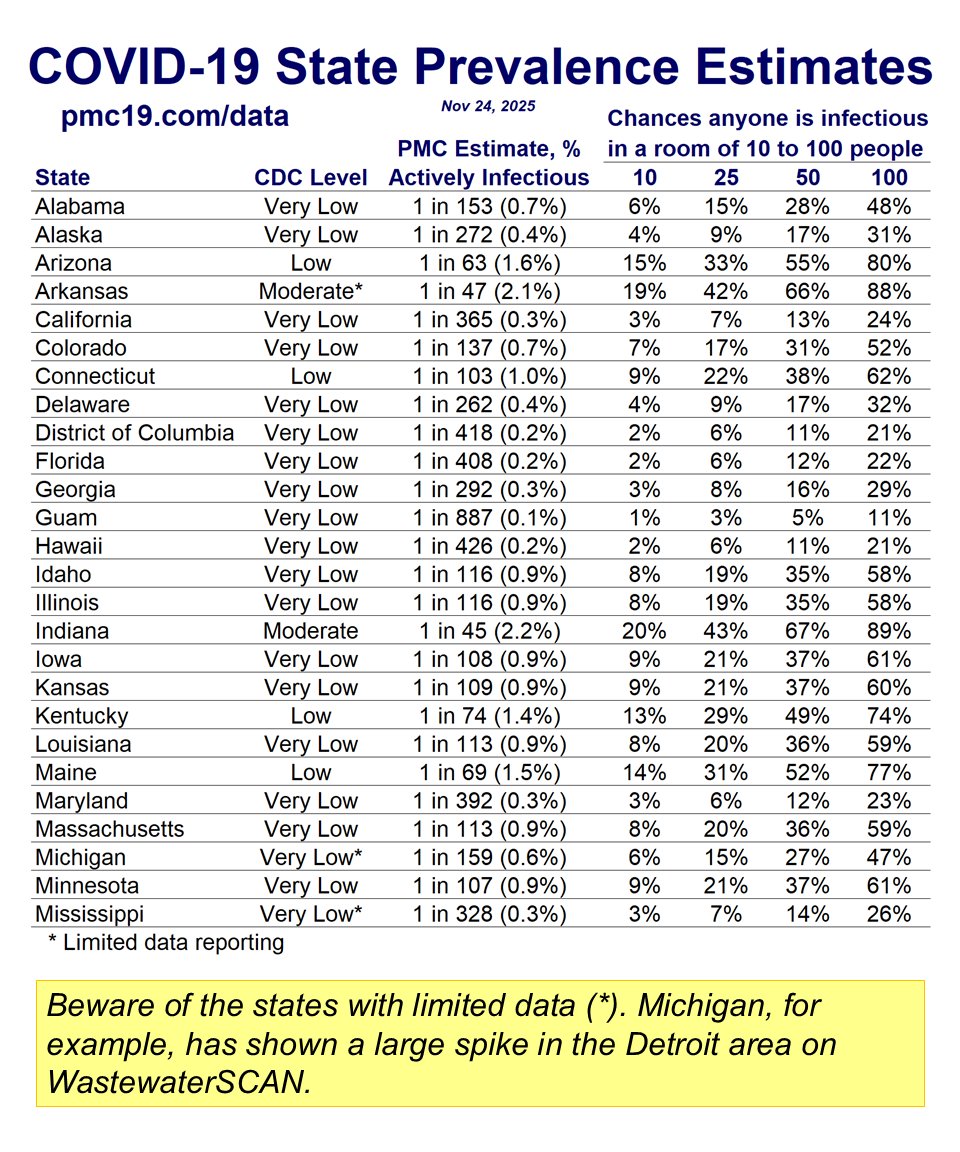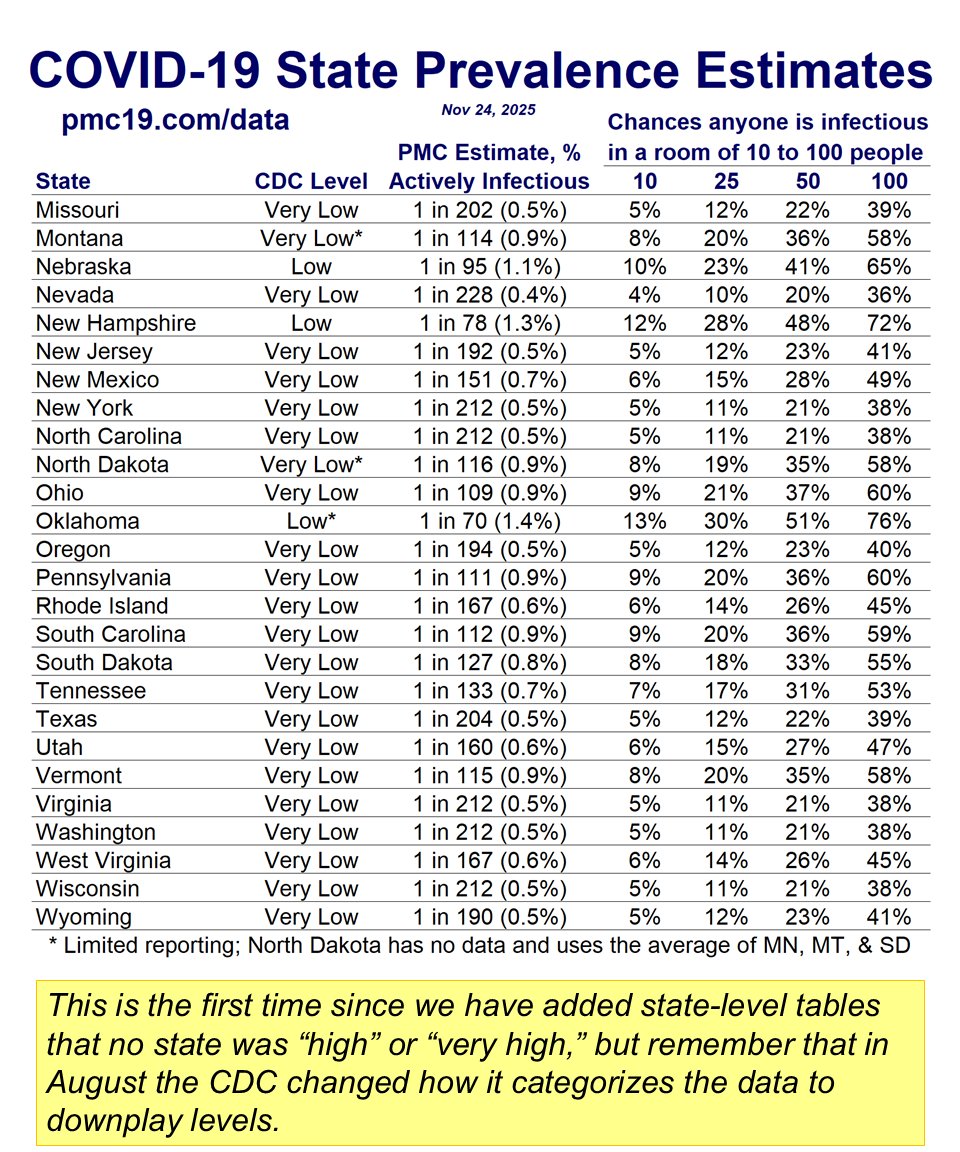Empowered communities want free #N95 masks!
Our new pre-print shows that people are excited to use N95s during COVID surges when given them for free w/helpful information on their evidence & how to use them.
1/
psyarxiv.com/f76vw


Our new pre-print shows that people are excited to use N95s during COVID surges when given them for free w/helpful information on their evidence & how to use them.
1/
psyarxiv.com/f76vw



You might remember when we posted about the study back in December!
I hope you find the results useful. We tried to make the figures relatable, even if you're not reading science articles every day. Please let me know if you have questions!
2/
I hope you find the results useful. We tried to make the figures relatable, even if you're not reading science articles every day. Please let me know if you have questions!
2/
https://twitter.com/michael_hoerger/status/1469387533532471301
We gave out 2,500 #N95 masks in 5 packs to our racially & socioeconomically diverse community. Many used N95s for the 1st time. People treated us like we were giving them kidneys. So grateful!
97% used at least 1 N95 & 40% used all 5 within 1-mo!
3/
97% used at least 1 N95 & 40% used all 5 within 1-mo!
3/
We called our #N95 giveaway study "Project #Bandura," named for the famous #psychologist who studied social learning.
Well -- people learned, socially! >80% of participants told others about N95s. Several enthusiasts shared w/dozens of ppl!
4/
Well -- people learned, socially! >80% of participants told others about N95s. Several enthusiasts shared w/dozens of ppl!
4/
Cost was the biggest barrier to sustained #N95 use!
Still, ppl planned to buy an average of >10 more N95s in the near future (2x what we gave them).
More interesting, if FREE, 88% would use N95s again. Once you pop, you can't stop!
5/
Still, ppl planned to buy an average of >10 more N95s in the near future (2x what we gave them).
More interesting, if FREE, 88% would use N95s again. Once you pop, you can't stop!
5/
We only gave away 2,500 N95s. It was labor intensive b/c we included educational materials, had a follow-up survey, went through IRB, etc.
However, it validates @amandalhu's 17,000 mask giveaway, those of cities and fed govt's.
Free N95 & #BetterMasks are hugely popular!
6/
However, it validates @amandalhu's 17,000 mask giveaway, those of cities and fed govt's.
Free N95 & #BetterMasks are hugely popular!
6/
As a #psychologist, there is 1 big truth I believe w/my heart. If you talk to most ppl in a way that's reasonable, about 97% will feel empowered to take actions to improve their lives & communities.
As true for COVID as anything else. We just need more courageous leadership.
7/
As true for COVID as anything else. We just need more courageous leadership.
7/
With N95s extremely popular during #COVID surges, what's the national strategy?
The U.S. had a stockpile and started giving them out for free (after my psychology research team 🤣). There are no known plans to buy and distribute more.
8/11
The U.S. had a stockpile and started giving them out for free (after my psychology research team 🤣). There are no known plans to buy and distribute more.
8/11
https://twitter.com/PPEtoheros/status/1566161672255012866
Domestic manufacturers are selling off #N95 inventory & equipment after boom-and-bust cycles. Many are closing their doors.
It's a low-cost filter. For your face. That keeps you from getting sick & becoming disabled or dying.
What are we doing???
9/11
It's a low-cost filter. For your face. That keeps you from getting sick & becoming disabled or dying.
What are we doing???
9/11
https://twitter.com/larmbrust/status/1572735123660890118
Thanks if you posted about #CovidisAirborne. The study is dedicated to you.
You converted me from cloth masks to N95s.
Shouldn't we have federal #policy priorities to make high-quality masks available to everyone during surges?
10/11
You converted me from cloth masks to N95s.
Shouldn't we have federal #policy priorities to make high-quality masks available to everyone during surges?
10/11
https://twitter.com/PoeBrianL/status/1572060431333888001
Thank you- @LazarusLong13 @Amal4Solutions @TySopko @kprather88 @joaquinlife @sri_srikrishna @PPEtoheros @AegleCo @projectn95 @crosscutanne @NgoTheWorld @JudahWorldChamp @amandalhu @micah_arsham @LauraMiers @mehdirhasan @KDNyhan @DrJenPlatt @akm5376 @JimRosenthal4 @CorsIAQ
11/11
11/11
• • •
Missing some Tweet in this thread? You can try to
force a refresh


